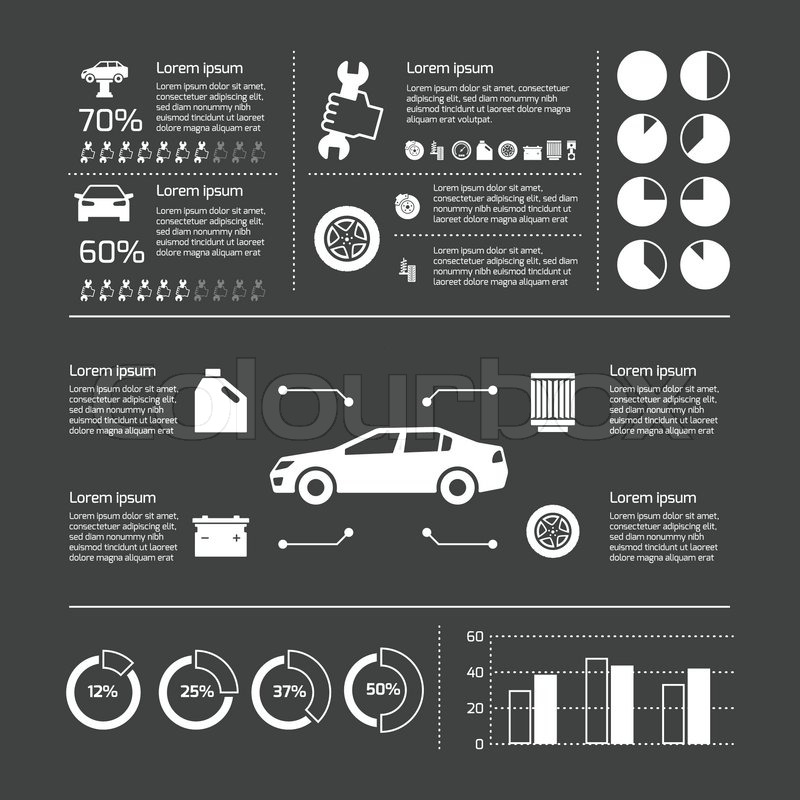The Value Of Regular Tire Treatment: Techniques For Correct Tire Examination And Rotation
The Value Of Regular Tire Treatment: Techniques For Correct Tire Examination And Rotation
Blog Article
Content Written By-Mosley Stanley
Guaranteeing your tires are in top condition is greater than simply a routine job-- it's a safety and security essential for each trip you embark on. From keeping correct air pressure to checking for wear and tear, the health of your tires directly affects your vehicle's performance and your well-being when traveling. However what are the key actions to require to keep your tires in prime shape? Let's check out the crucial aspects of tire upkeep that you shouldn't overlook.
Benefits of Routine Tire Upkeep
Regular tire maintenance offers a range of benefits that can boost your driving experience and guarantee your safety when driving. By keeping your tires effectively pumped up, you improve gas performance, conserving you cash at the pump.
Well-kept tires also offer much better grip, minimizing the threat of mishaps, specifically during harsh climate. Properly straightened and well balanced tires cause a smoother adventure, lessening resonances and improving total vehicle handling.
Regularly revolving your tires advertises even walk wear, expanding their life expectancy and saving you from premature replacements. Furthermore, keeping the proper tire pressure can avoid blowouts and apartments, reducing the opportunities of unanticipated break downs when traveling.
Tire Inspection Guidelines
When inspecting your tires, it's essential to focus on various essential elements to guarantee they're in optimum condition for safe driving. Start by checking the tire pressure utilizing a stress scale to ensure it matches the manufacturer's recommended level.
Check the walk deepness by positioning a dime upside down into the walk grooves; if you can see every one of Lincoln's head, it's time for new tires. Try to find any type of indications of uneven wear, which might suggest placement issues or incorrect inflation.
Check for cuts, protrudes, or cracks on the tire sidewalls, as these can bring about blowouts. Furthermore, take a look at the tire valves for damage or leakages. Bear in mind to examine all four tires, including the extra if appropriate.
Correct Tire Turning Techniques
To ensure even use and expand the life expectancy of your tires, it's important to adhere to appropriate tire rotation methods. Normal tire rotation assists distribute wear uniformly throughout all four tires, advertising longer tread life and enhancing general efficiency. Beginning by examining your automobile's manual for the recommended rotation pattern. Normally, front-wheel-drive, rear-wheel-drive, and all-wheel-drive cars have different rotation patterns to account for varying wear patterns.
For great site , the suggested tire turning interval is every 6,000 to 8,000 miles, however this may differ, so it's vital to consult your manual.
When revolving your tires, switch the front tires with the rear tires, relocating the left rear tire to the left front position and vice versa. Remember to also go across https://brakerotorreplacementcost16161.blogthisbiz.com/37627549/exposing-the-treasures-unearthing-superior-auto-repair-shops-in-your-surrounding-location to the contrary sides when relocating them to the front. This easy yet efficient rotation method aids ensure that all tires put on uniformly, optimizing their lifespan and preserving ideal performance.
Final thought
Make certain to focus on routine tire maintenance to keep your car running smoothly and securely. By adhering to basic assessment standards and correct rotation techniques, you can extend the lifespan of your tires, enhance fuel effectiveness, and enhance total efficiency on the road. Do not forget the significance of dealing with your tires - it's a little effort that can make a large distinction in your driving experience.
